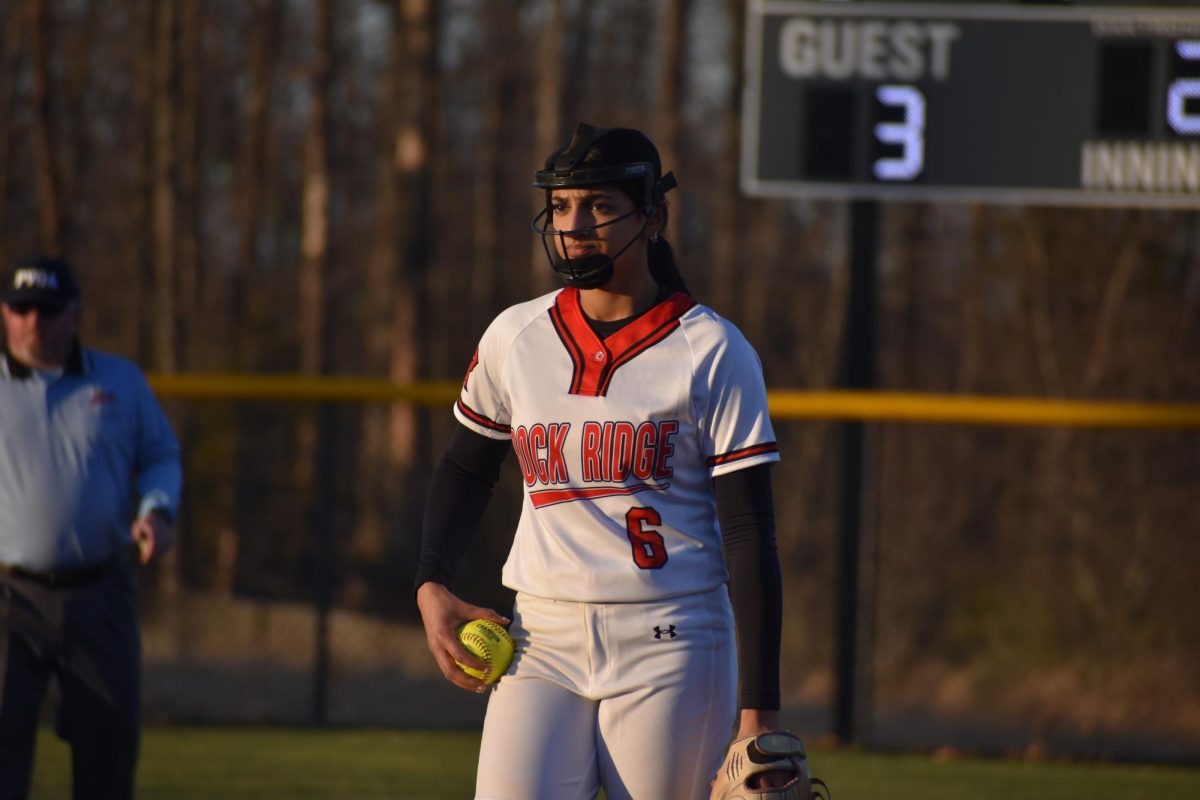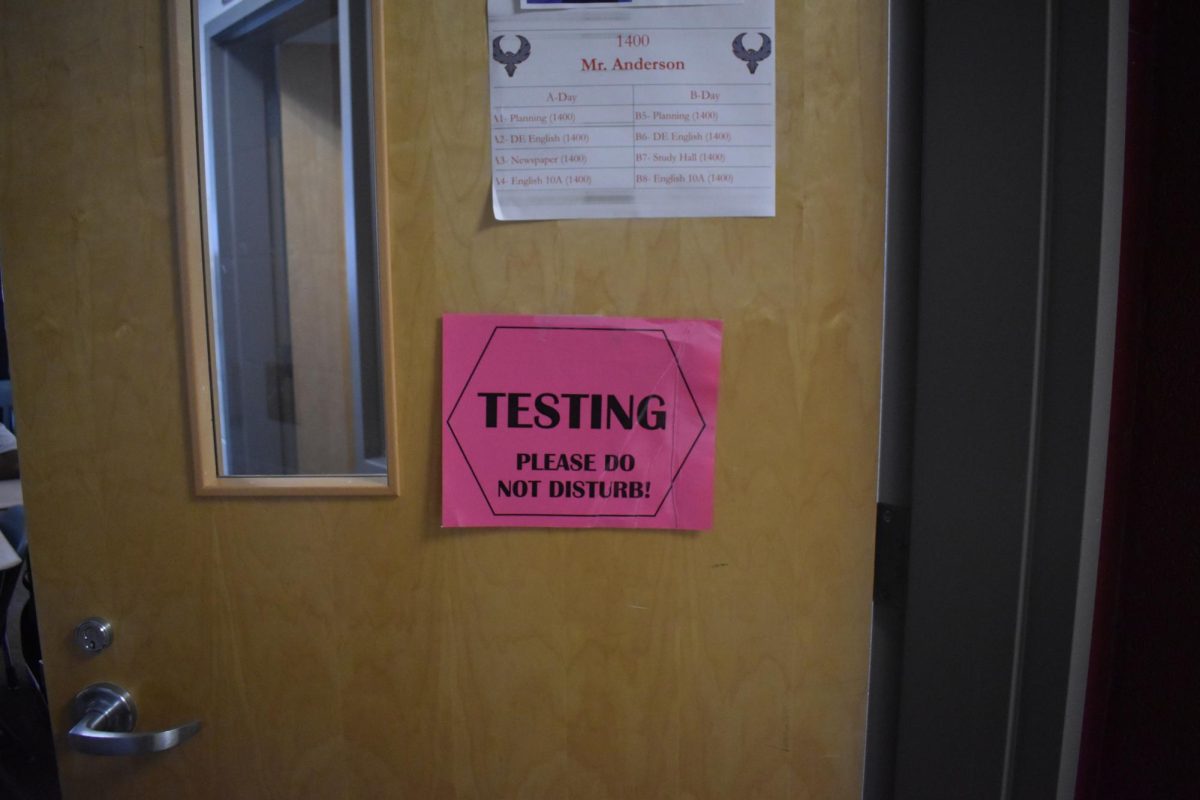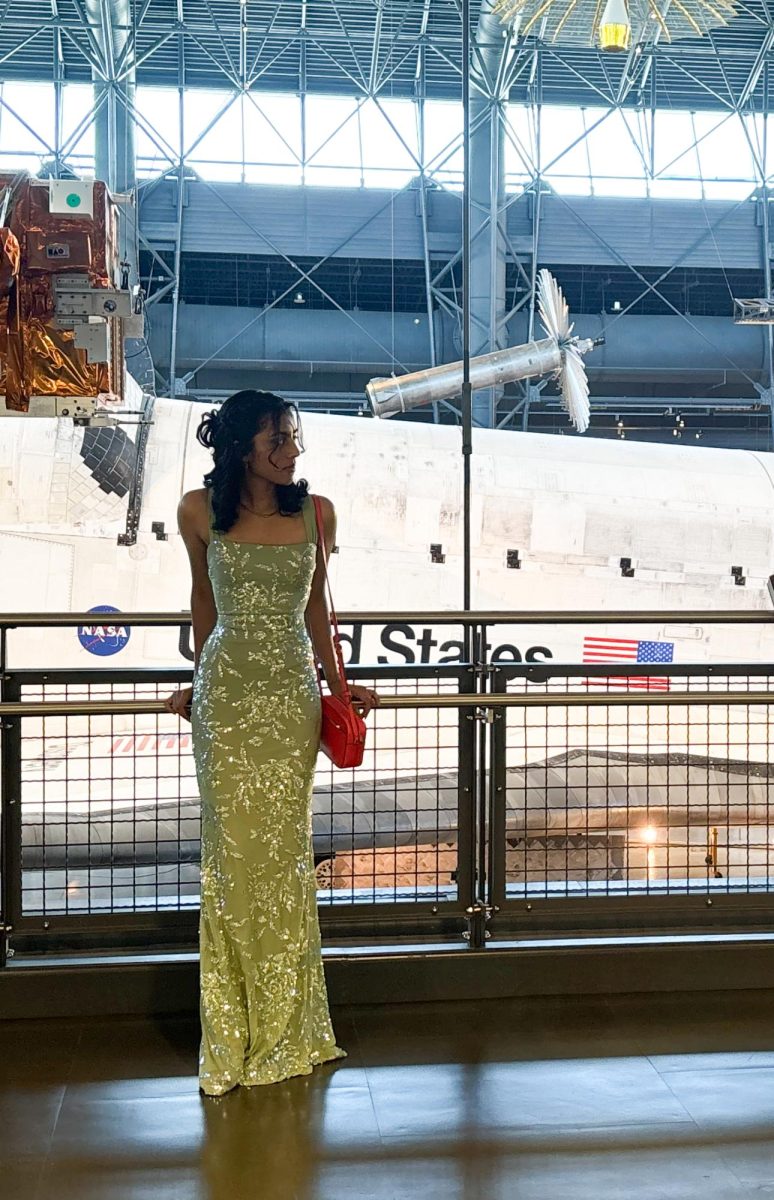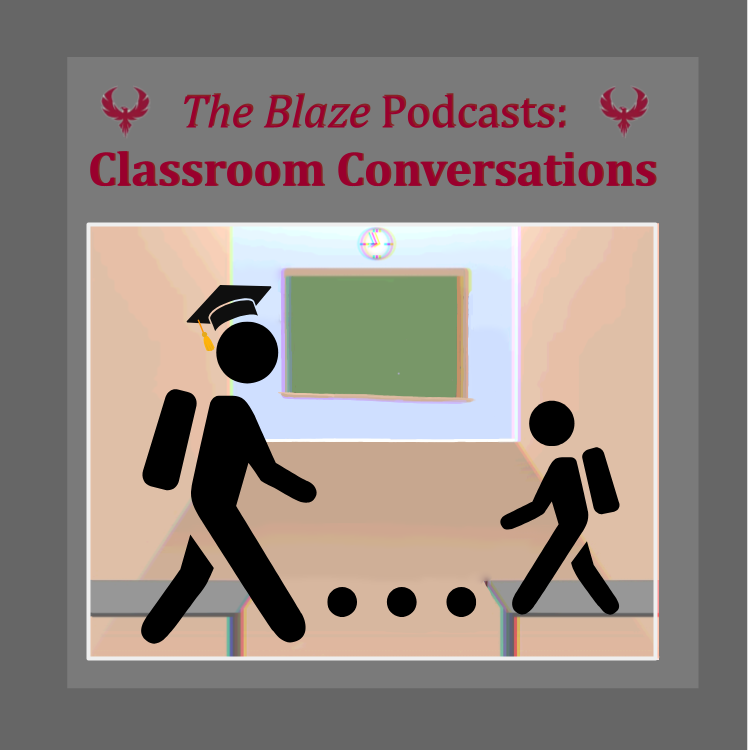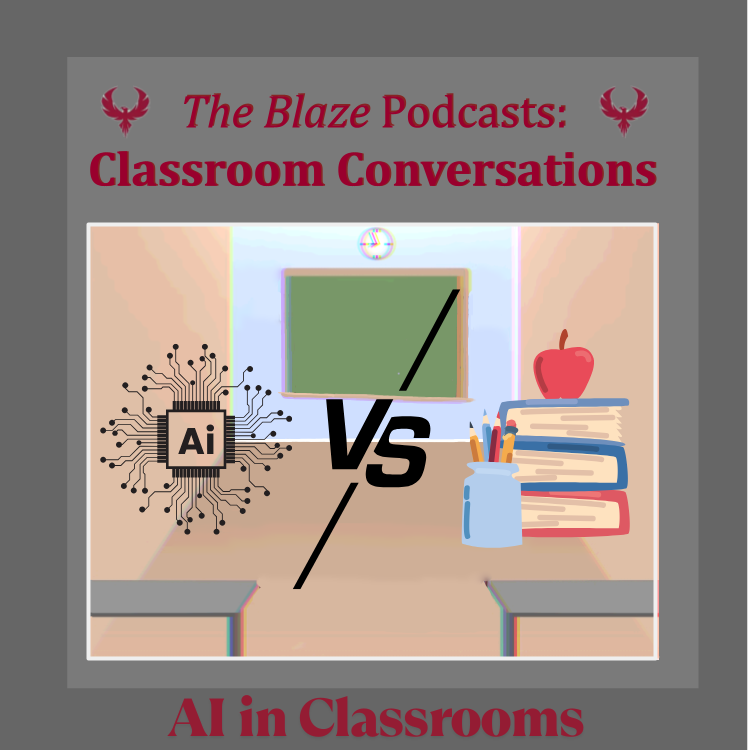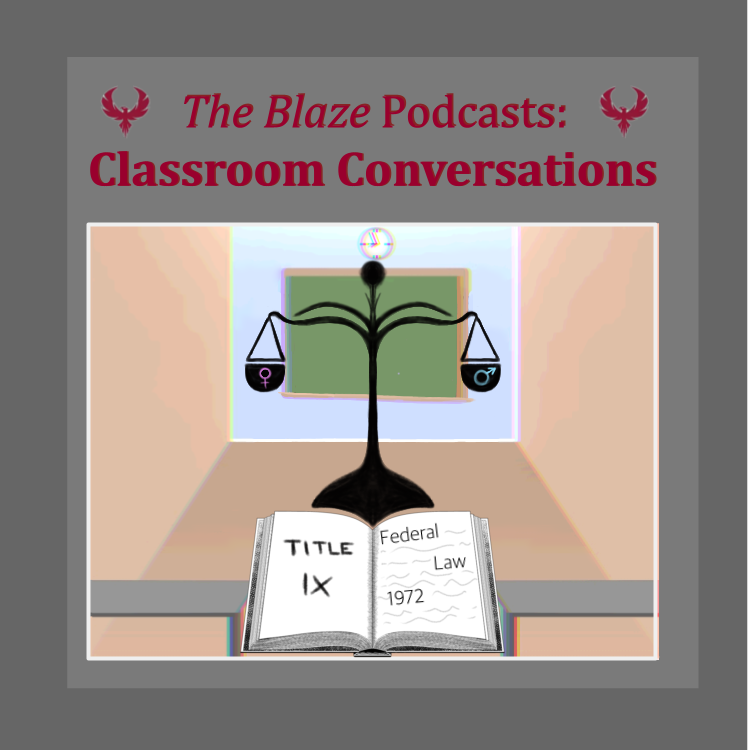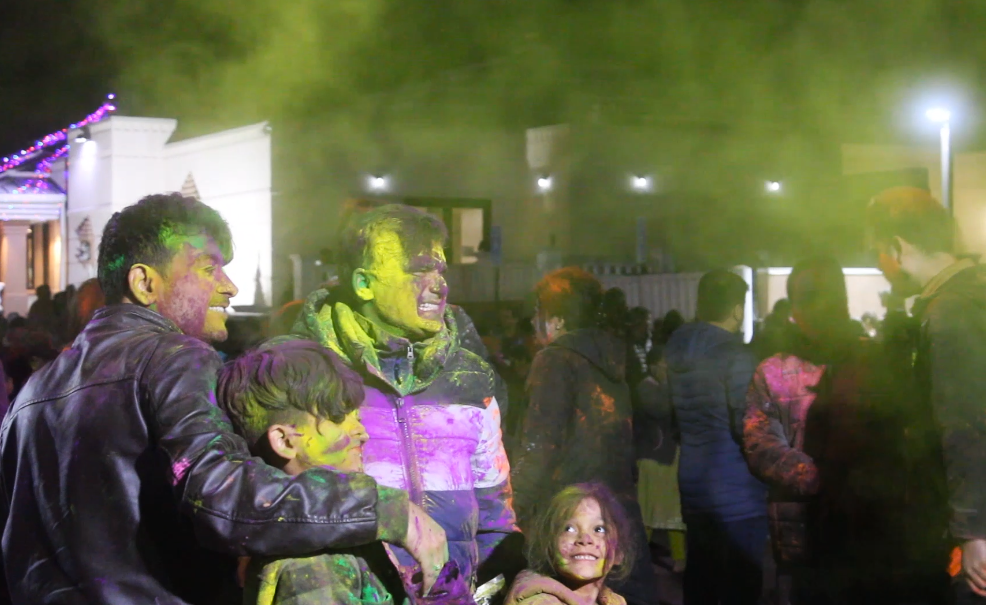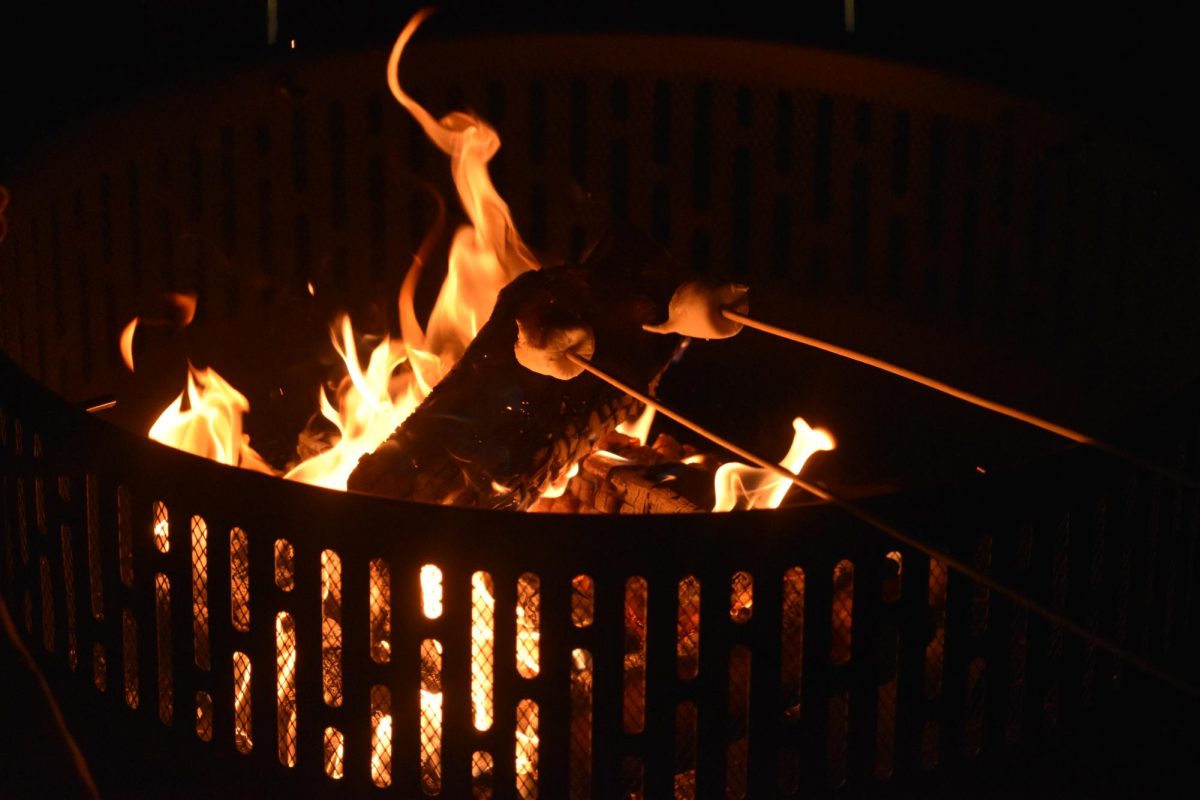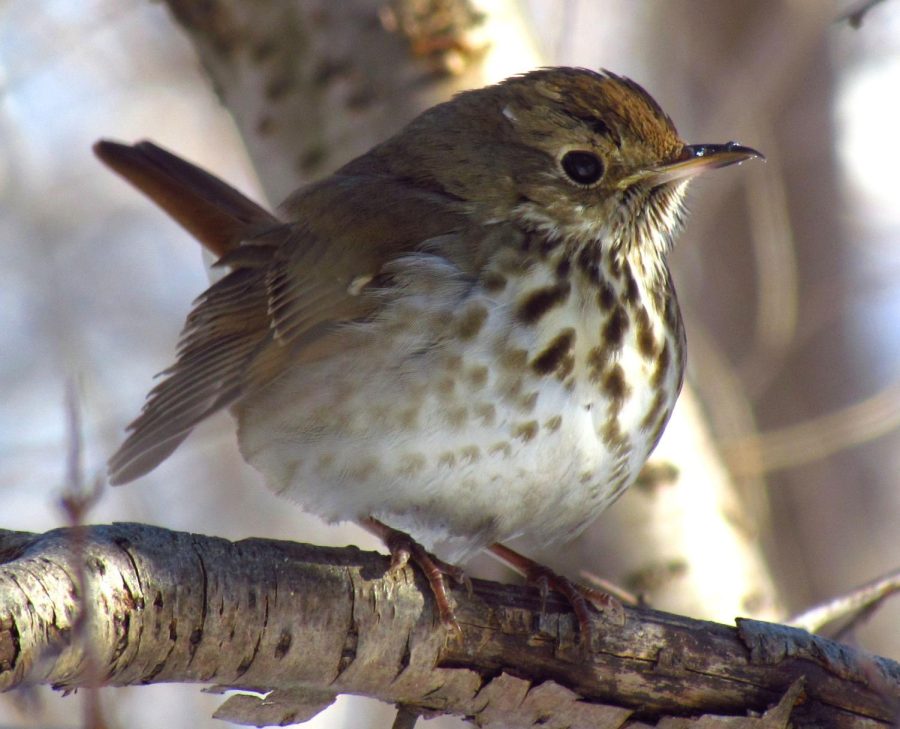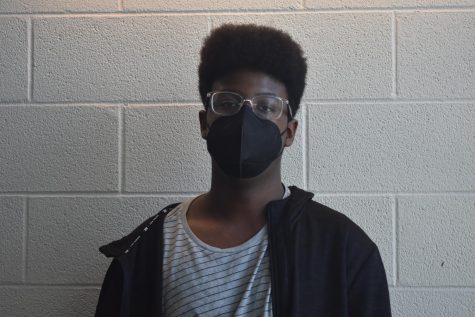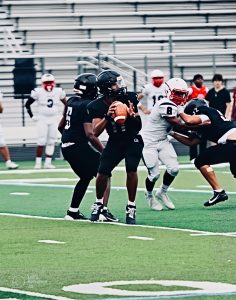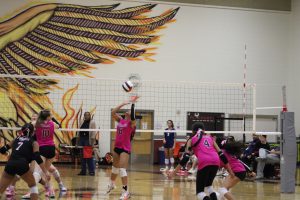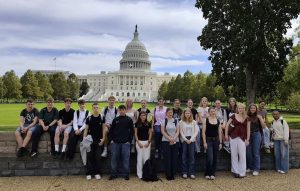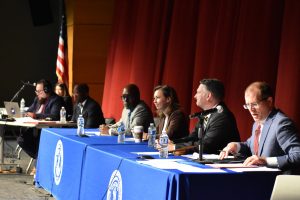Artificial Light Fails to Illuminate an Unseen Problem: Hazardous Passage for Nightly Migrants
The surplus of outdoor artificial light has proven harmful to not only human beings, but the general umbrella of life on Earth. Birds are no exception, and with the sleep disorders and vitamin deficiencies that we experience as a result, birds are more susceptible to migration disruptions, and at worst, fatal building collisions.
D. Gordon E. Robertson via Wikimedia Commons
An adult hermit thrush rests on a mid-winter branch with its down feathers fluffed out in order to regulate heat. In the United States, hermit thrushes don’t migrate during the winter, and are one of the only species of thrush that do so. Thrushes of all kinds are some of the most common migratory birds, and are consequently some of the most negatively affected by artificial lights.
May 12, 2022
Light, in a general sense, is certainly a necessity in more ways than one. All creatures need sunlight in order to not only survive, but to facilitate regular circadian rhythms, acquire necessary nutrients, and guide their next move. However, the surge in light due to industrialization has started to eliminate the night sky’s natural light sources, such as the moon and stars, and has led to many complications — the most devastating data being the most shrugged off and overlooked. Bird behavior, especially in regard to migration, is heavily affected by light pollution — and the estimated billion birds that die in the U.S. each year to building collisions is a direct example.
Before digging into all of the factors that influence this result, it’s important to understand what exactly light pollution is, and how it affects not just birds, but all life on Earth. Light pollution can be generalized as the increase in artificial light due to industrialism and urbanism, which negatively affects the environment. Take starry nights, for example: do you remember the last time you saw the night sky full of visible stars? If you can’t — which is very likely — pay close attention every once and a while, and try to spot clusters of stars; you might be surprised to find little to none, except major constellations.
Most organisms function based on circadian rhythms — processes that regulate tasks within the body based on a 24-hour day-and-night cycle. An excessive amount of unnatural light can drastically alter not only your circadian rhythm, but also your vitamin intake and sleeping patterns. Light pollution affects an overwhelmingly large margin of the world, and subsequently exacerbates disorders within the human population, similar to the many other forms of apparent pollution.
Migratory birds are especially jeopardized by light pollution, and it’s mostly due to their perception of light, which affects their migration. Because of this, it’s important to fully understand how big of a part light pollution plays in the building collision death toll. Previous studies from associations such as Audubon, ABCBirds, or the Cornell Lab of Ornithology have procured more concrete evidence of their relationship with light sources. These studies suggest that starry night skies prove as crucial necessities in successful migration. Overall, it’s important to understand the relationship between birds and their perception of light — light, as well as subsequent reflections, are perceived as habitable and/or desirable environments — the more light present, the higher the frequency of reflections on surfaces. A majority of songbirds migrate from colder to warmer climates during the spring and summer — typically flying during the night — and the drowning out of night skies are inhibiting their ability to migrate safely.
There will be inevitable collisions and accidents; such is the way things are for plenty of animals due to human expansion. However, we shouldn’t confuse this inevitability with an incapability to help reduce the frequency of these accidents. We are well within the bounds of support and care for animals affected, and our first efforts to help can start with restoring the night sky we’ve overtaken.
There is a valid argument for the preservation of artificial light as it stands. Humankind needs light, both in the literal sense and in the metaphorical sense. Light contrasts with darkness, and the duality of both elements appears in many different forms: the idea of Yin and Yang, from Taoism; the human amygdala, and how it relates to the fear of darkness; and even the general connotation rooted within the words themselves, such as up and down, rise and fall, or good and bad. The mere idea of darkness incites negative emotions, such as fear, loneliness, and doubt, within most individuals. We strive in the light, and among other reasons, these may fortify our reasoning for keeping the night at bay. However, as a society, we should try our best to embrace this darkness, as it is half of the greater whole. To stimulate and foster the commingling between the two elements is to facilitate and maintain a balance between them — an equilibrium that mitigates the suffering of all organisms.
Having considered both sides of the coin, there are ways to help prevent the amount of building collision deaths that occur in America while keeping the general middleground. Reducing reflective surfaces present — the most common being glass window panes — is a major help, and doesn’t directly inhibit light sources. Install screens if not installed already, and if possible, use other methods to further reduce reflection. Close blinds and/or turn off lights during the nighttime when possible in order to prevent light leakage. As for a few more expensive alternatives, try investing in lamp shades or light shields to help focus light where it’s needed, or go as far as purchasing motion sensor light systems in order to prevent electricity waste and light spillage.
These methods, if facilitated individually, are effective at a larger scale at the cost of minimal light reduction. Moreover, to whom it may concern, light reduction is not an inherent evil, no matter how much we want to convince ourselves. Separating our rooted perceptions of light and dark from inherent good and evil is the key to dissolving our apathy and reluctance toward solving issues such as this. Light pollution affects more than just birds, but this devastating result serves as a crucial example for all to recognize: a glaring warning that humankind, as an often pervasive coexisting species, must be fully aware of the implications of our decisions in order to improve the environment that we inhabit.

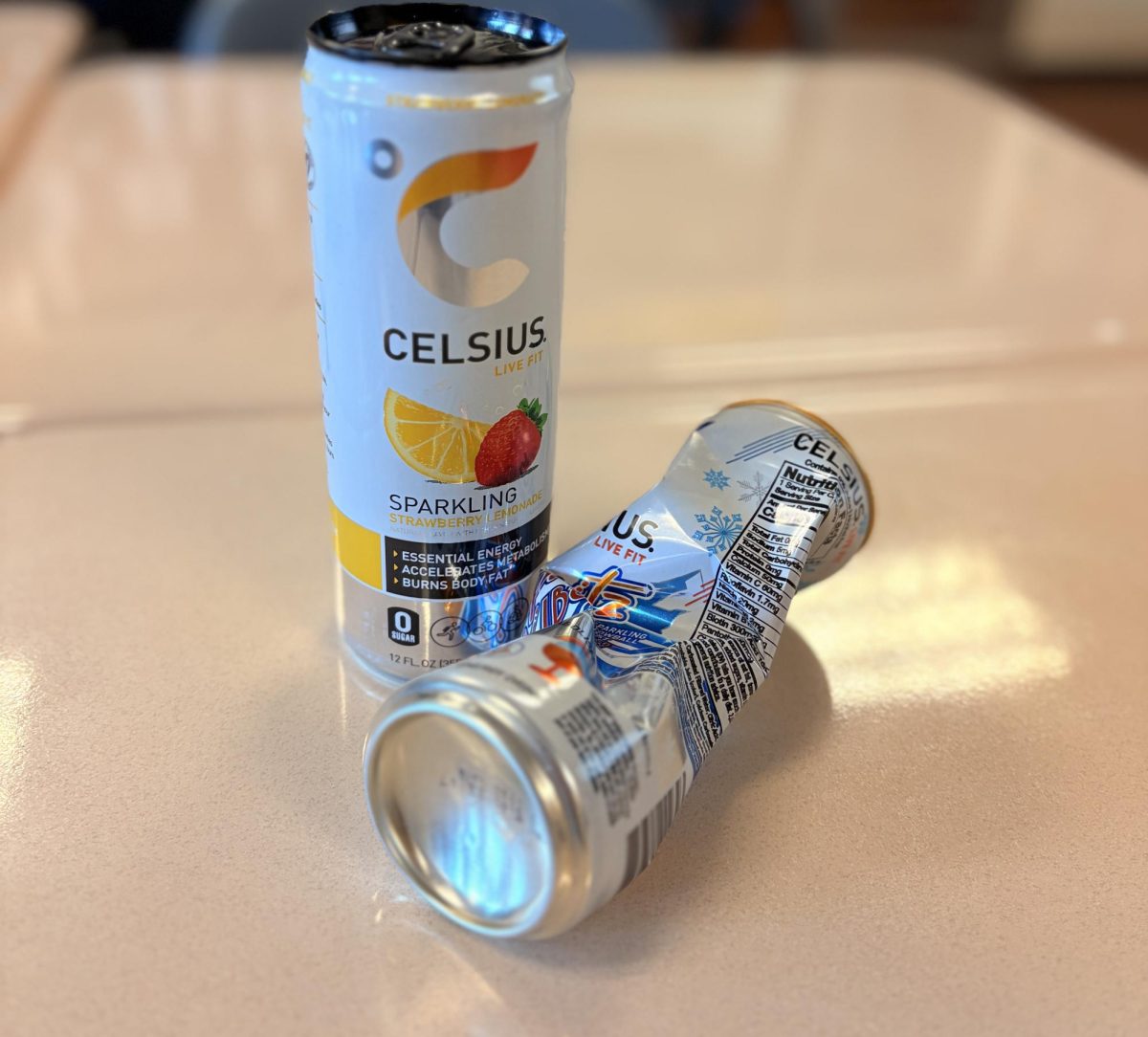
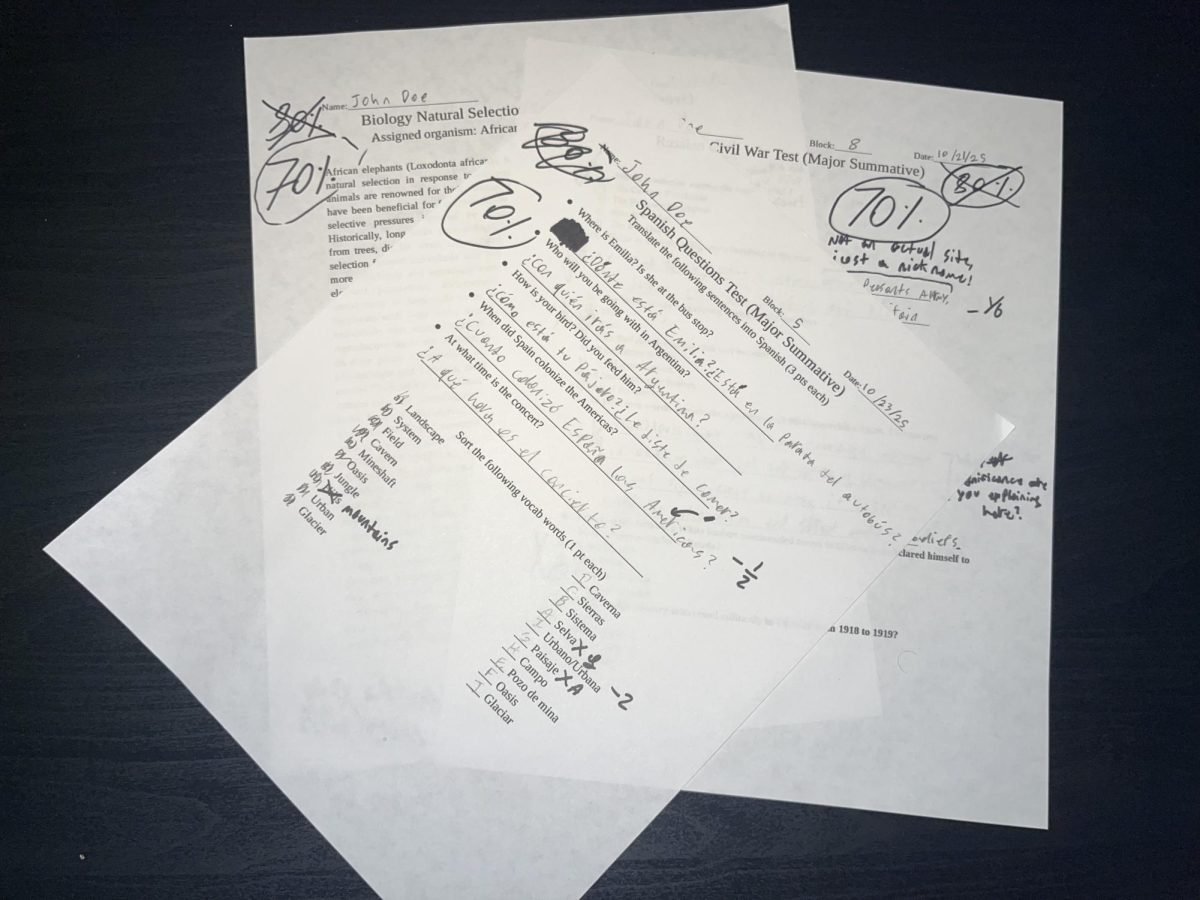
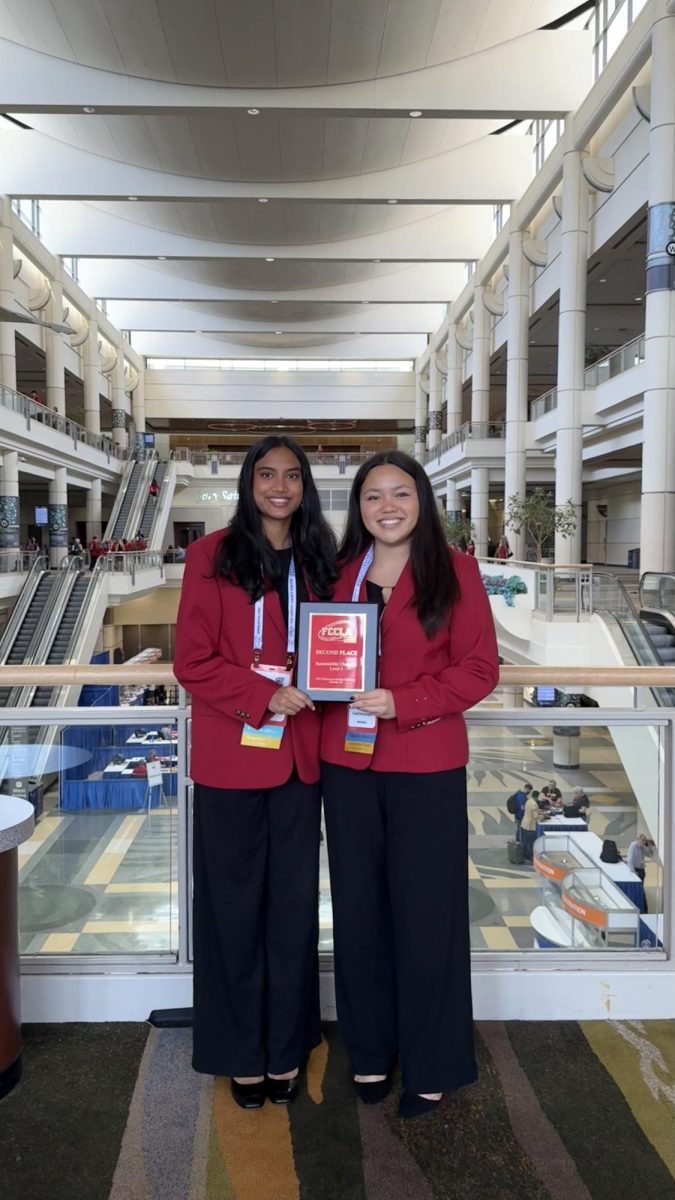
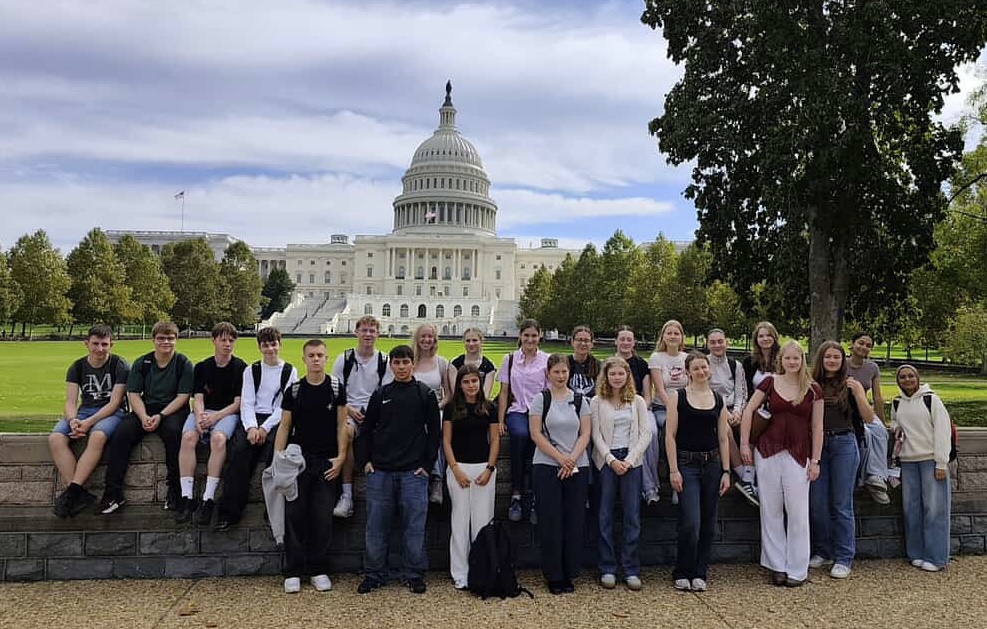
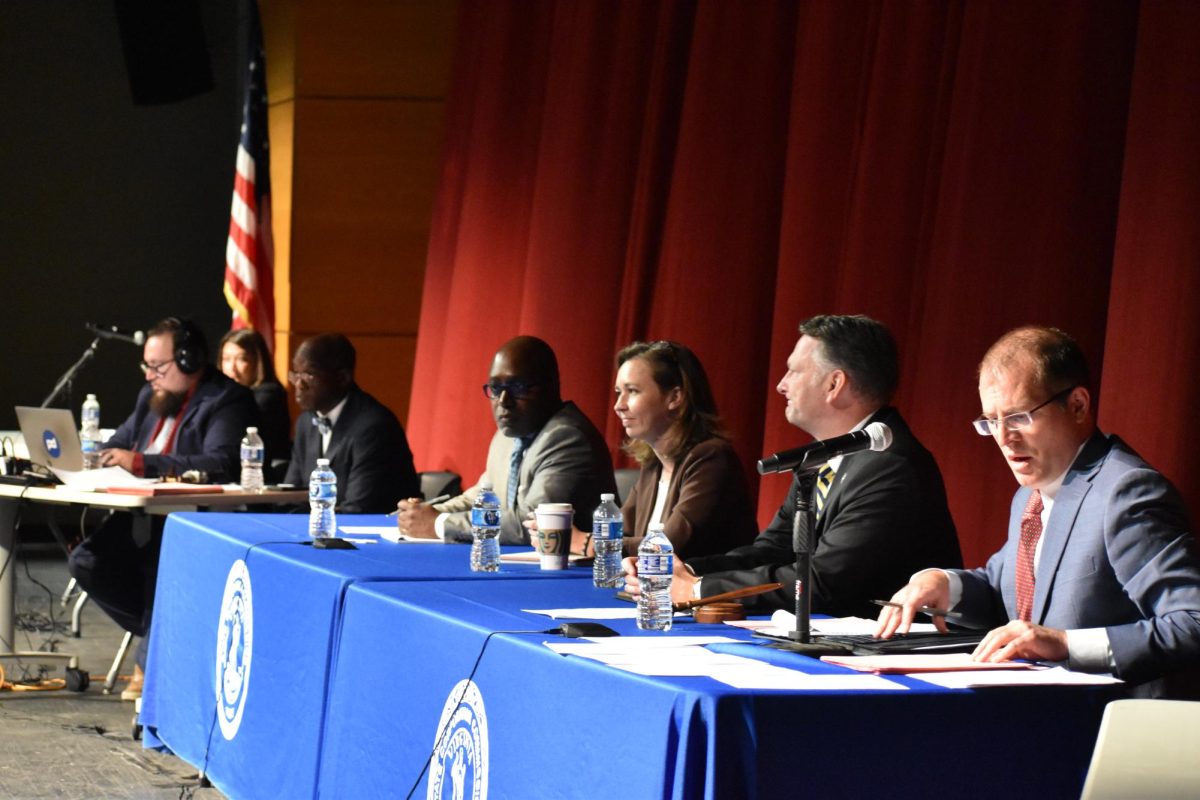


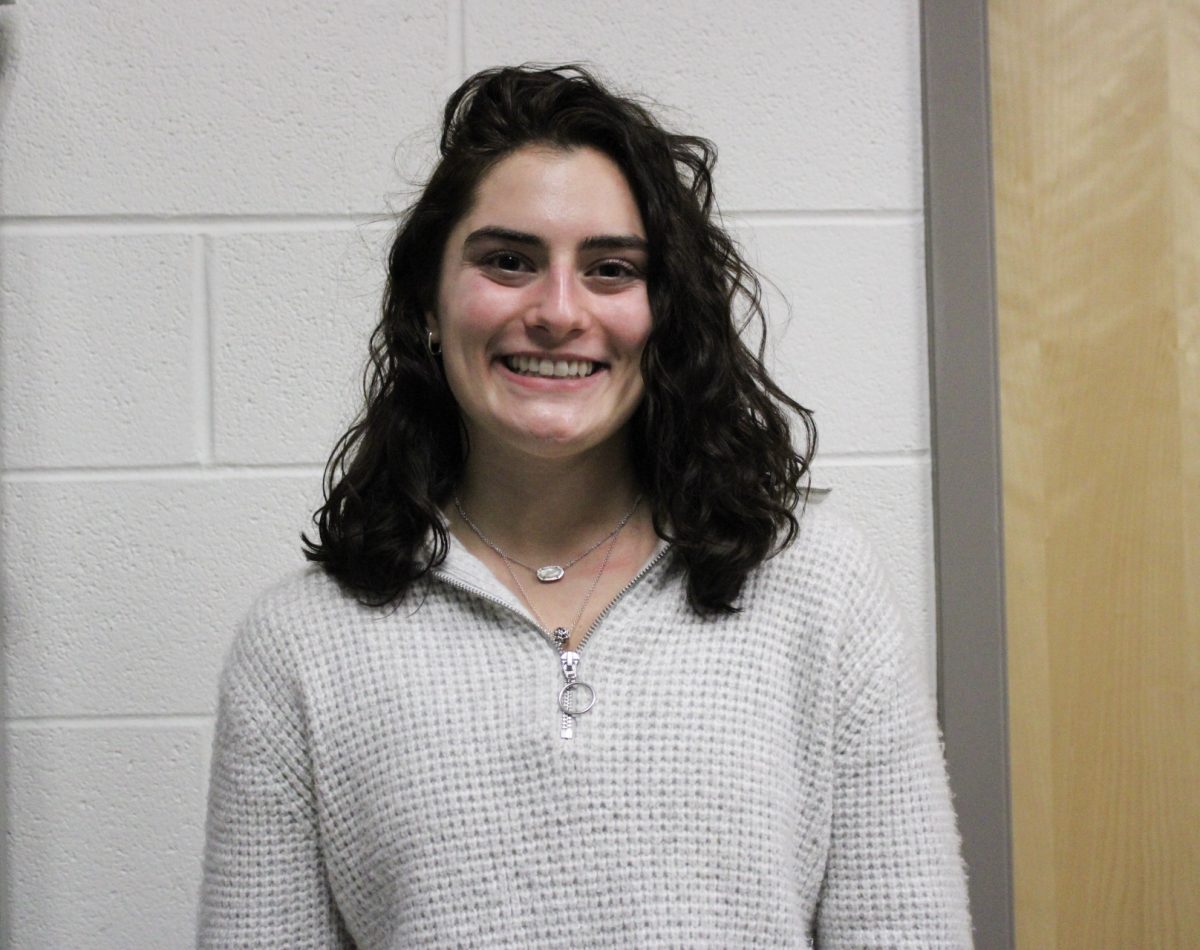

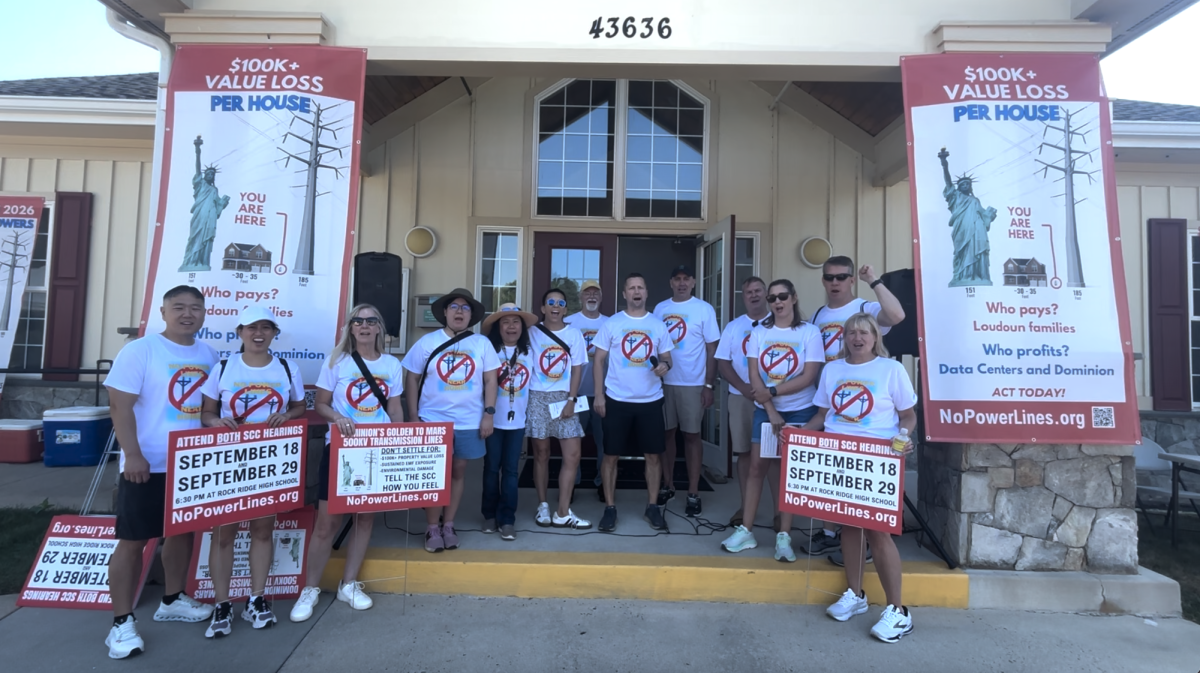



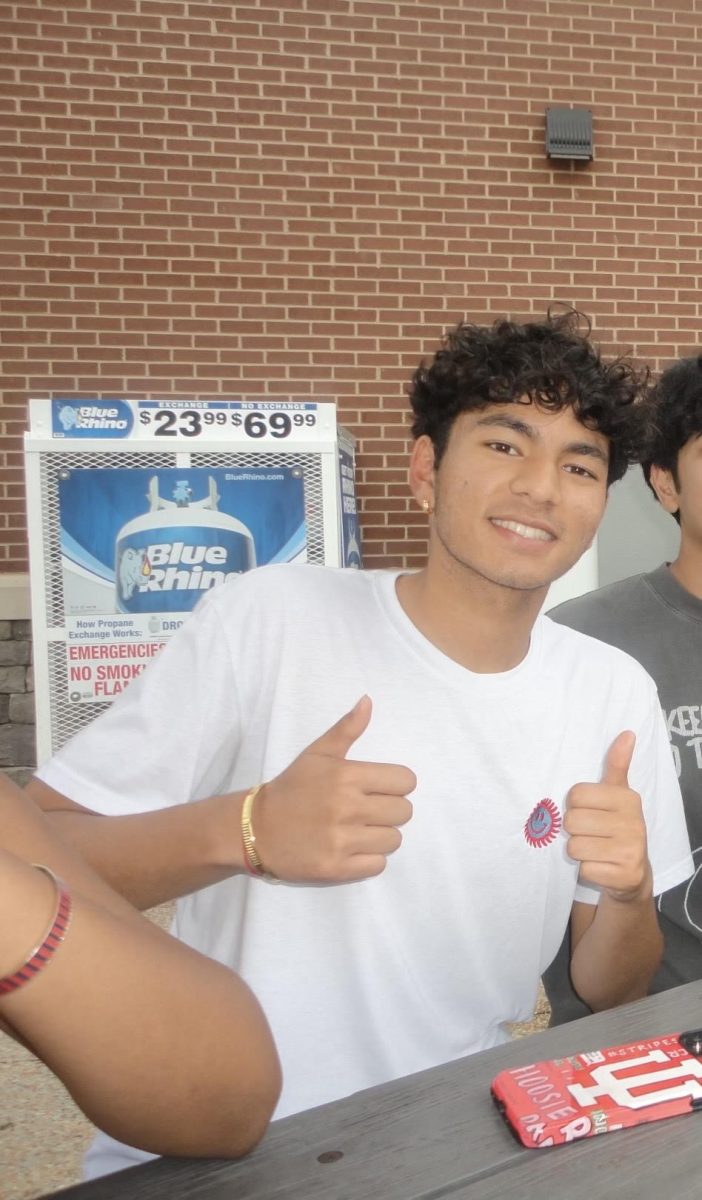
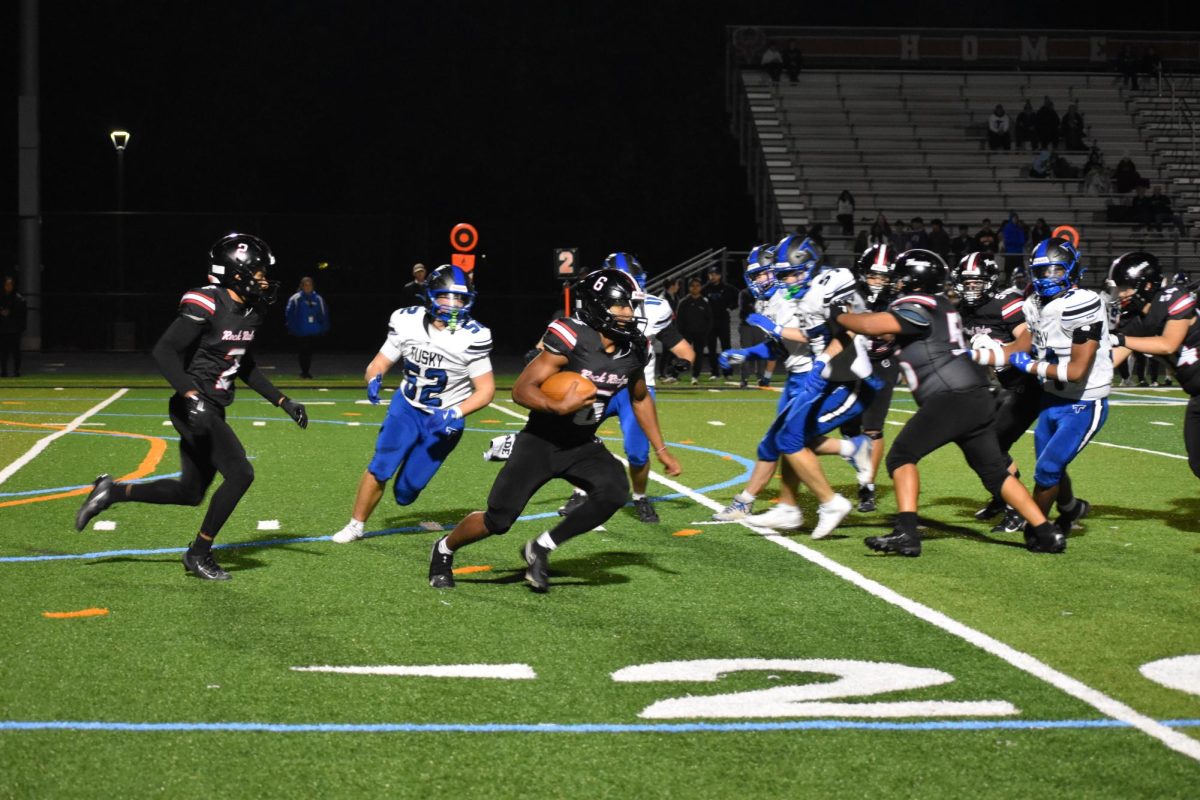
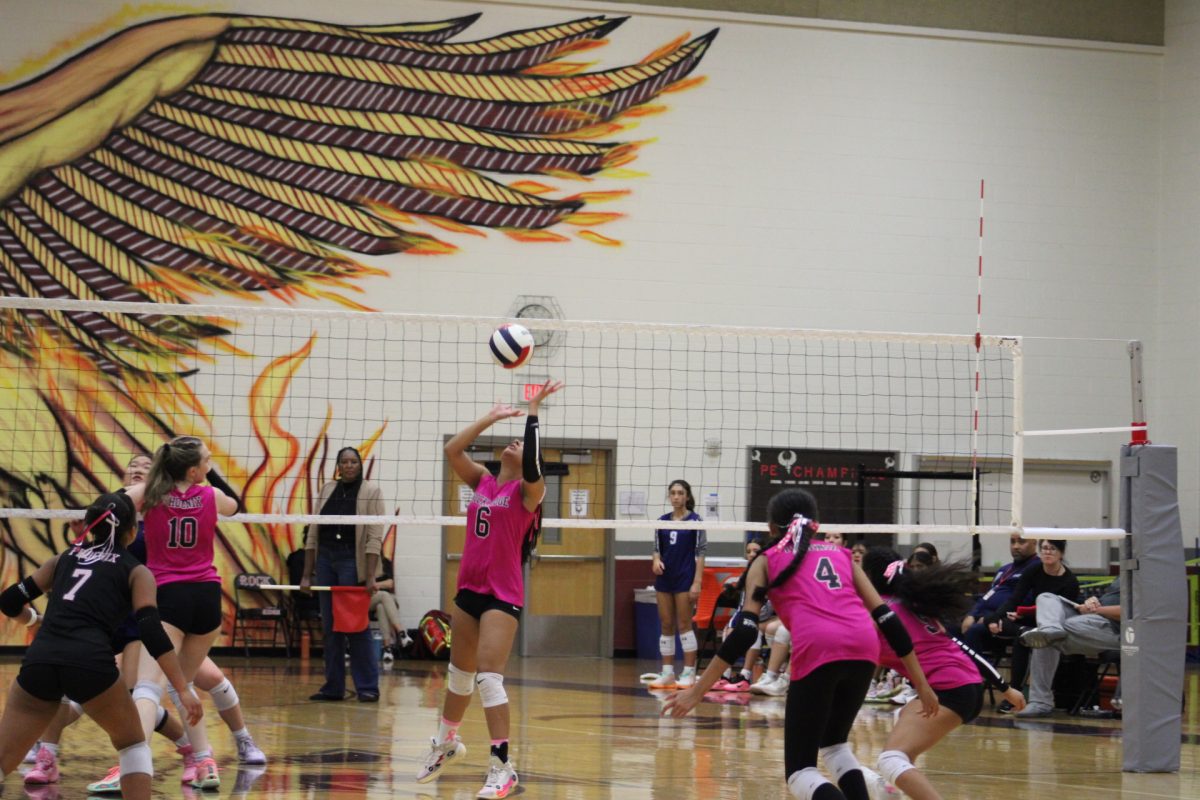
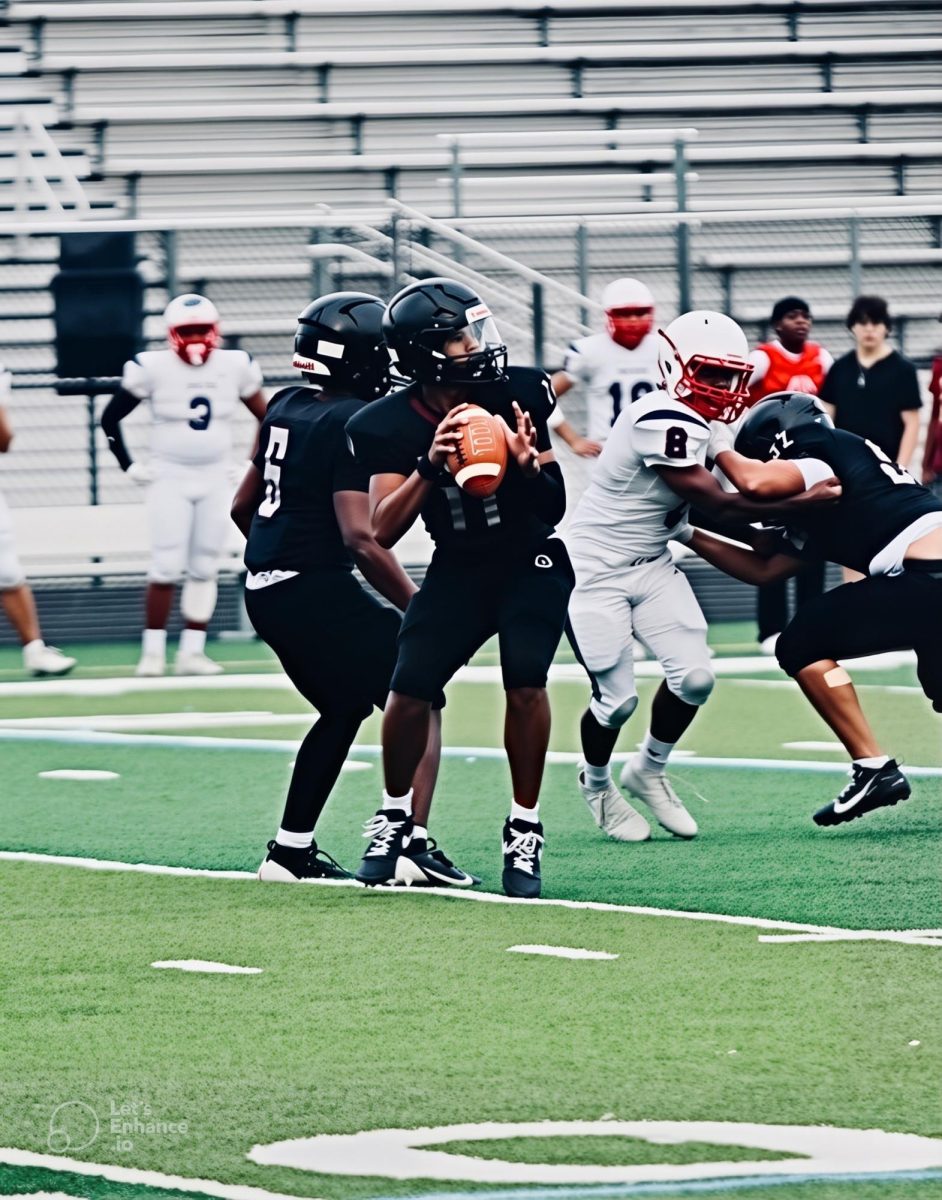
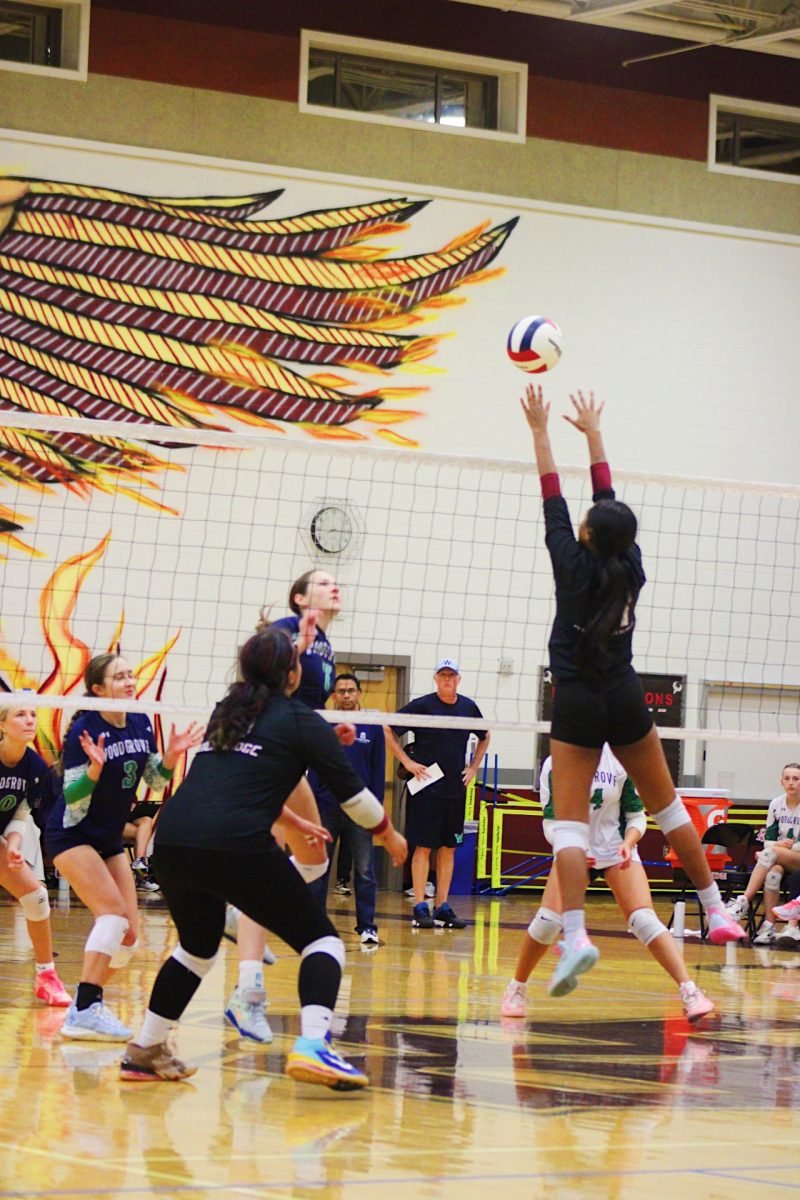


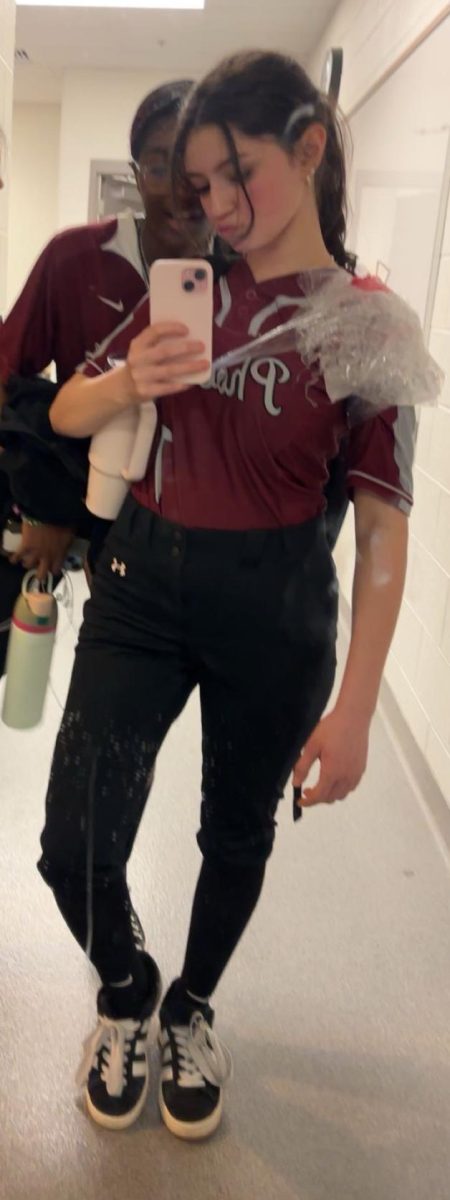


![The Phoenix varsity volleyball team lines up for the national anthem. “We were more communicative [with each other] during this game, and I feel like we kept our energy up, especially after the first set,” senior Jessica Valdov said.](https://theblazerrhs.com/wp-content/uploads/2024/10/DSC_0202-1200x800.jpg)
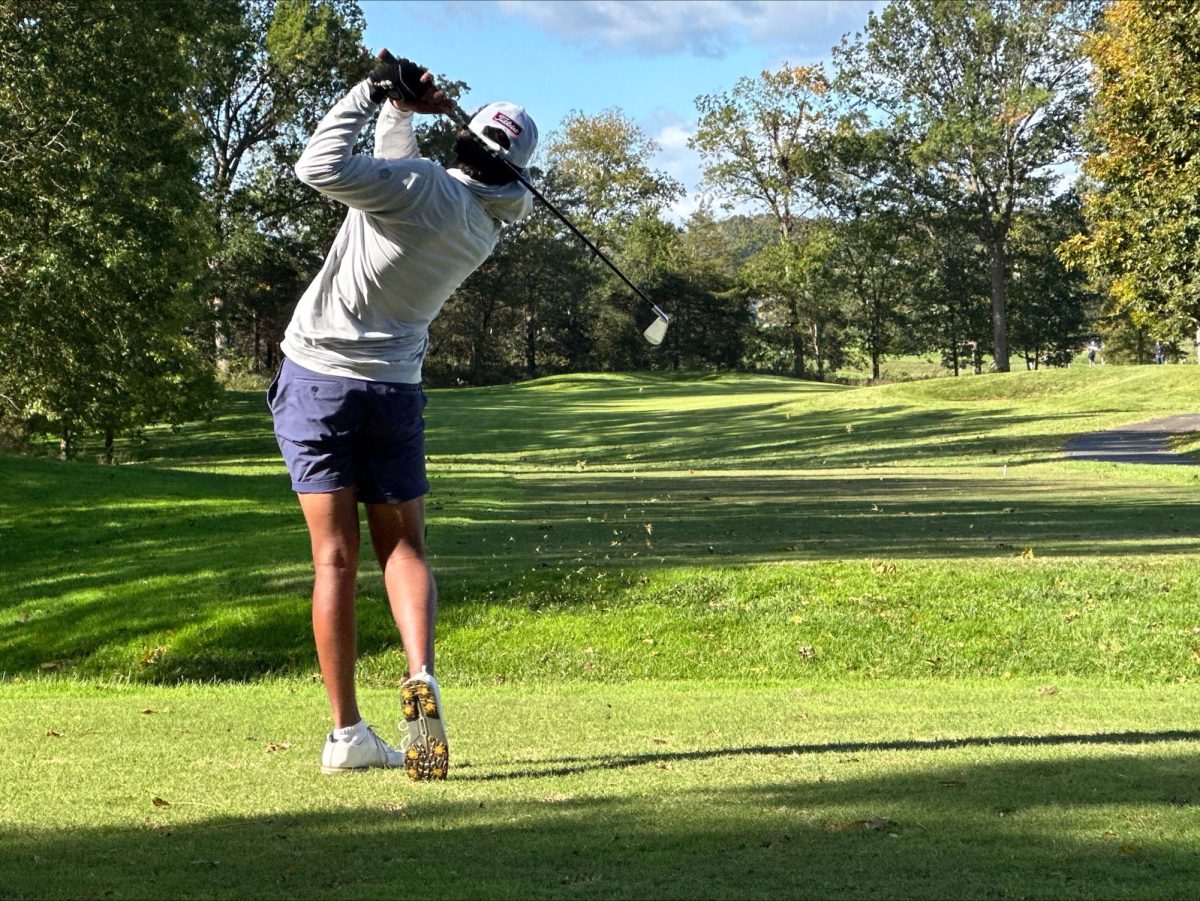
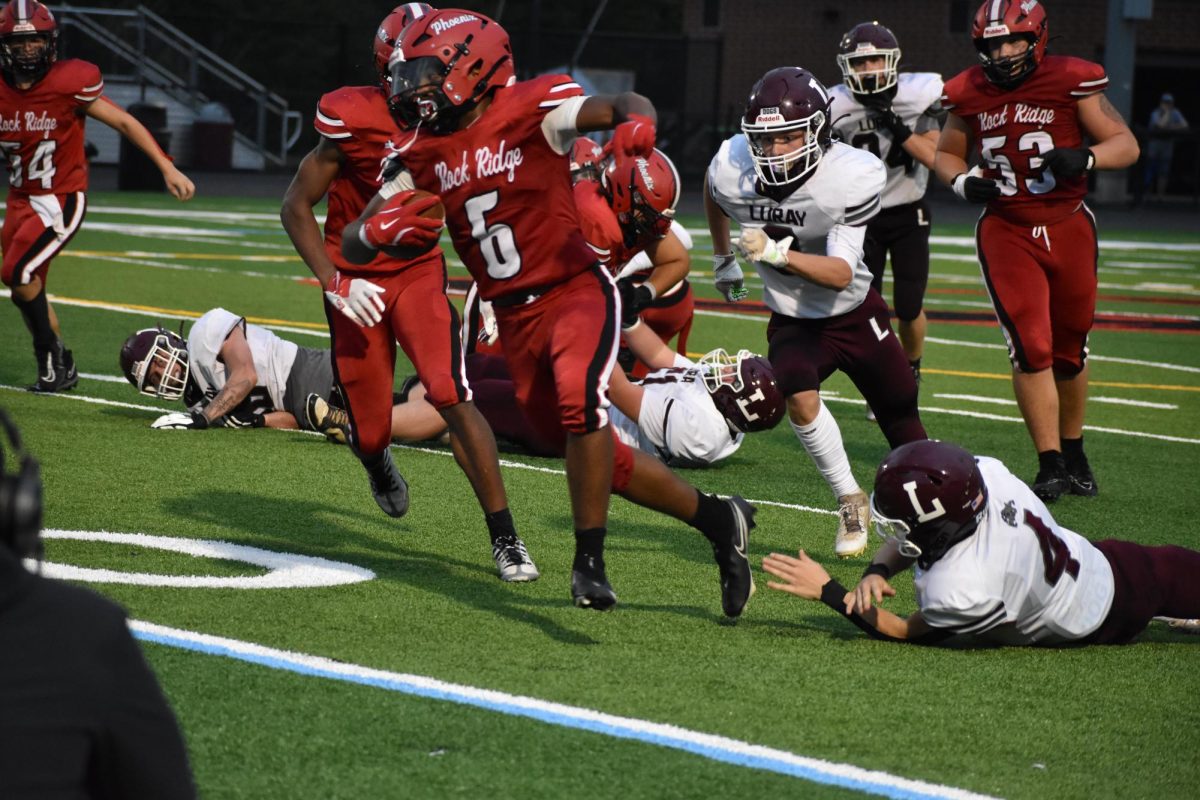


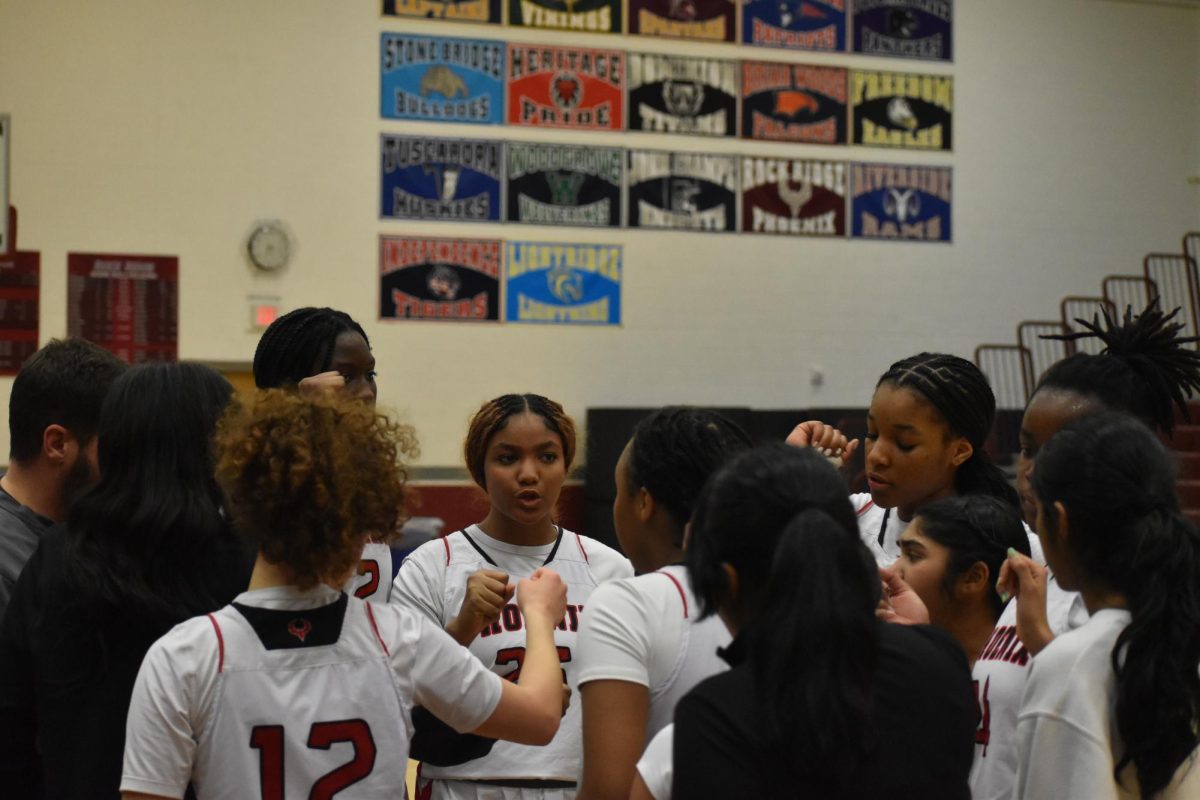

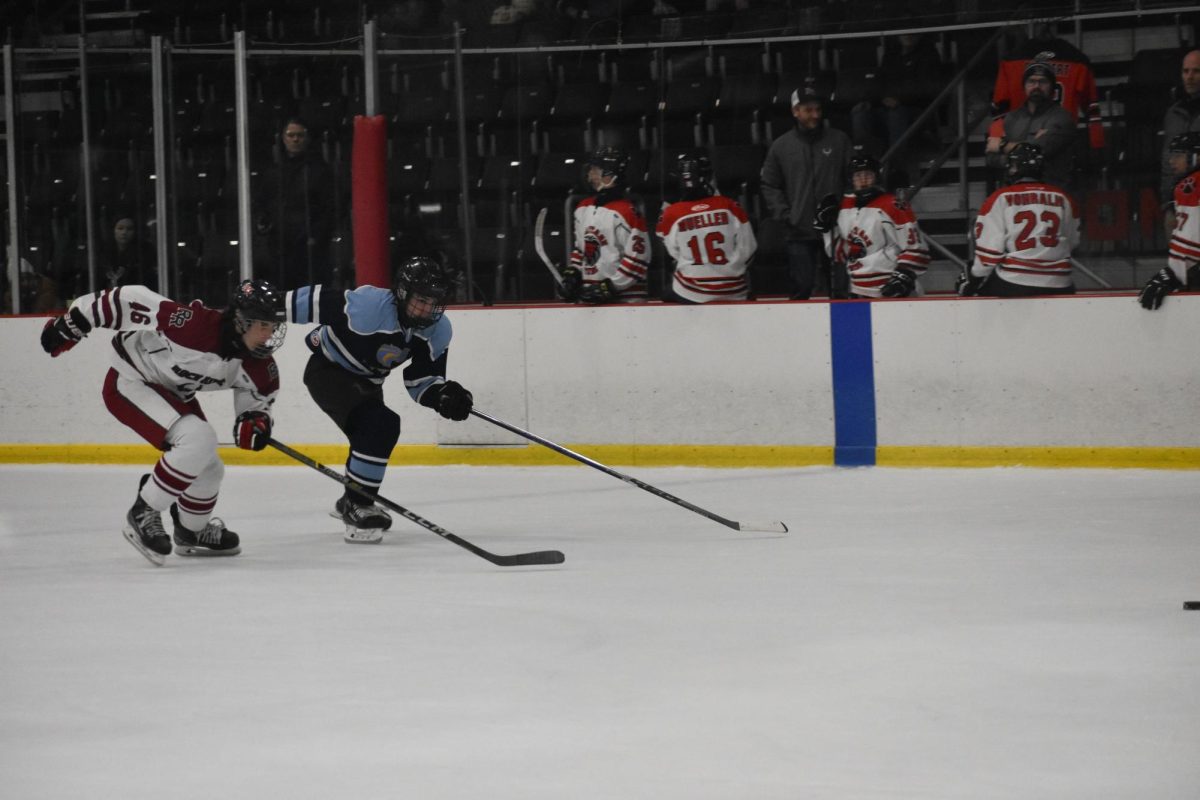
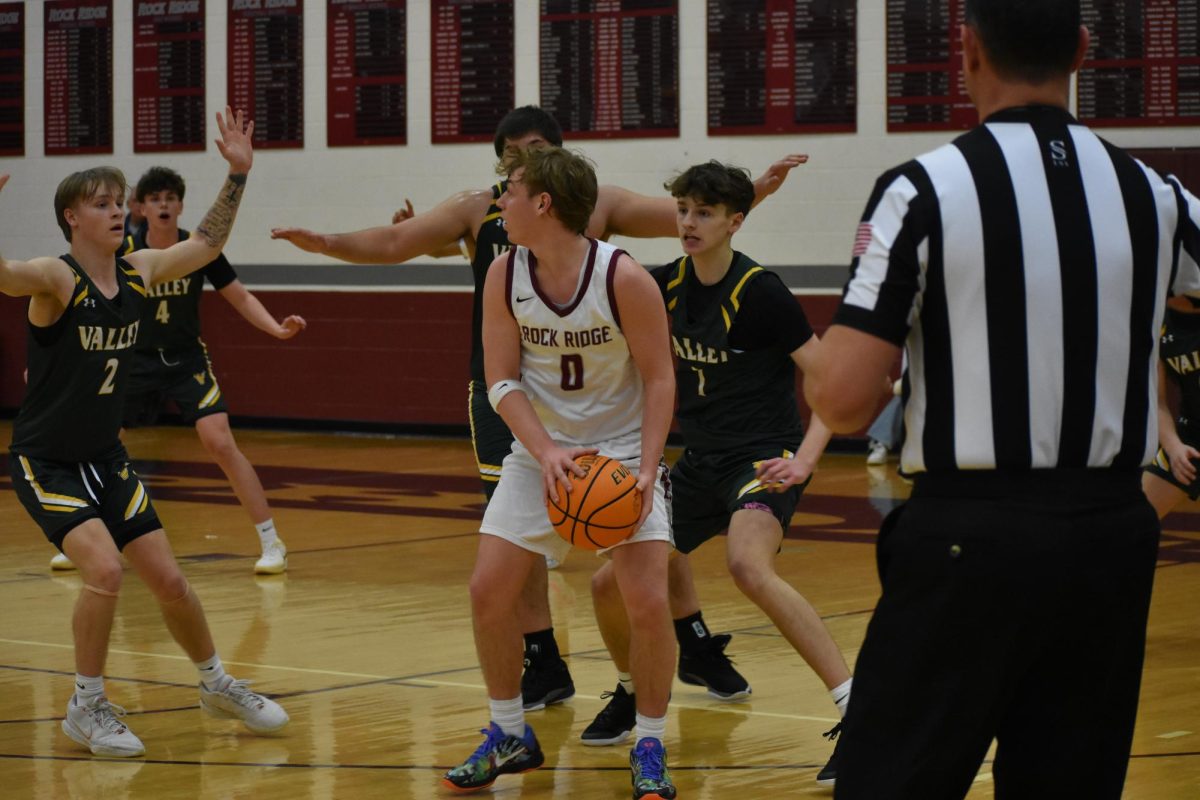

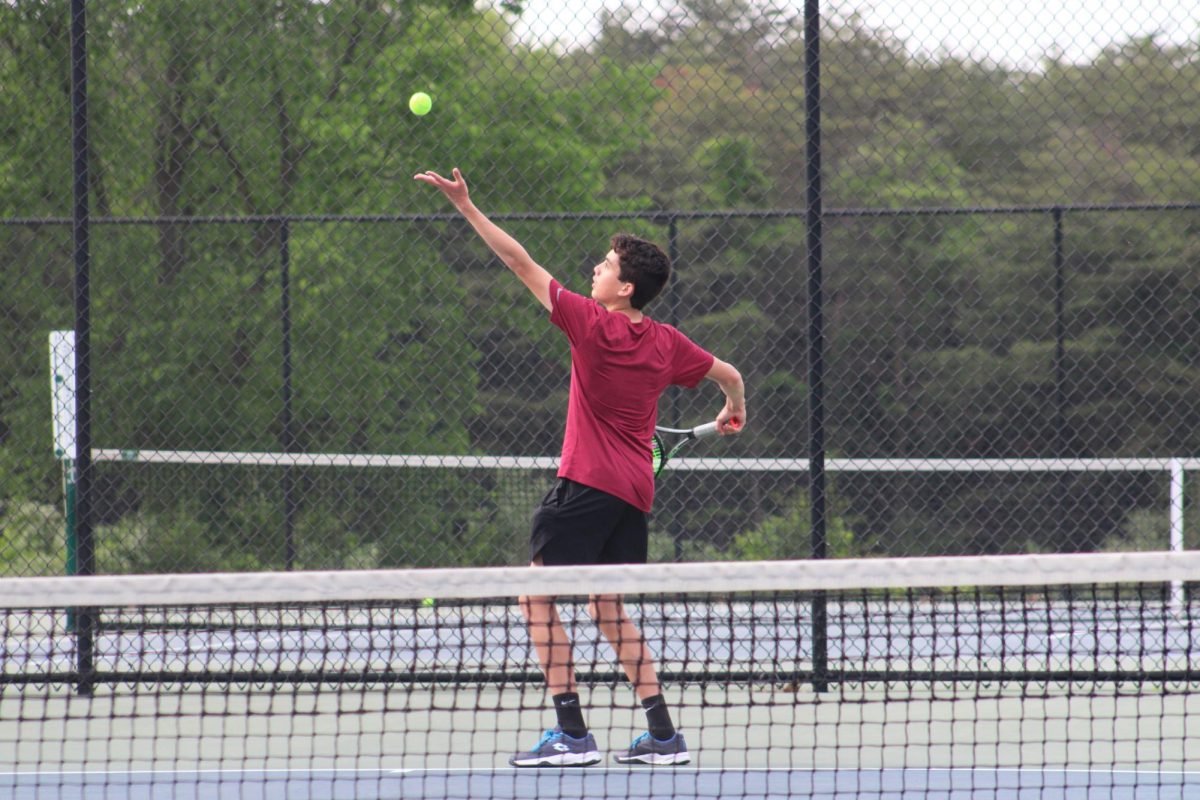
![Junior Alex Alkhal pitches the ball. “[I] just let it go and keep practicing so we can focus on our goal for the next game to get better as a team,” Alkhal said.](https://theblazerrhs.com/wp-content/uploads/2025/05/DSC_0013-1-1200x929.jpg)

